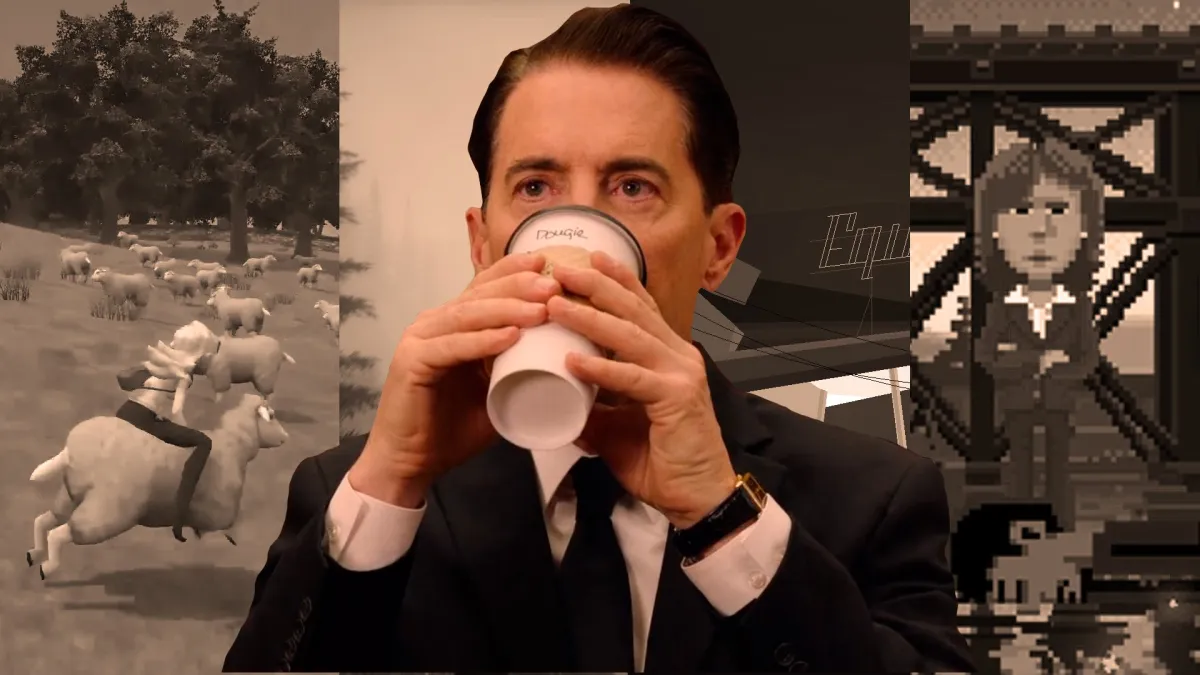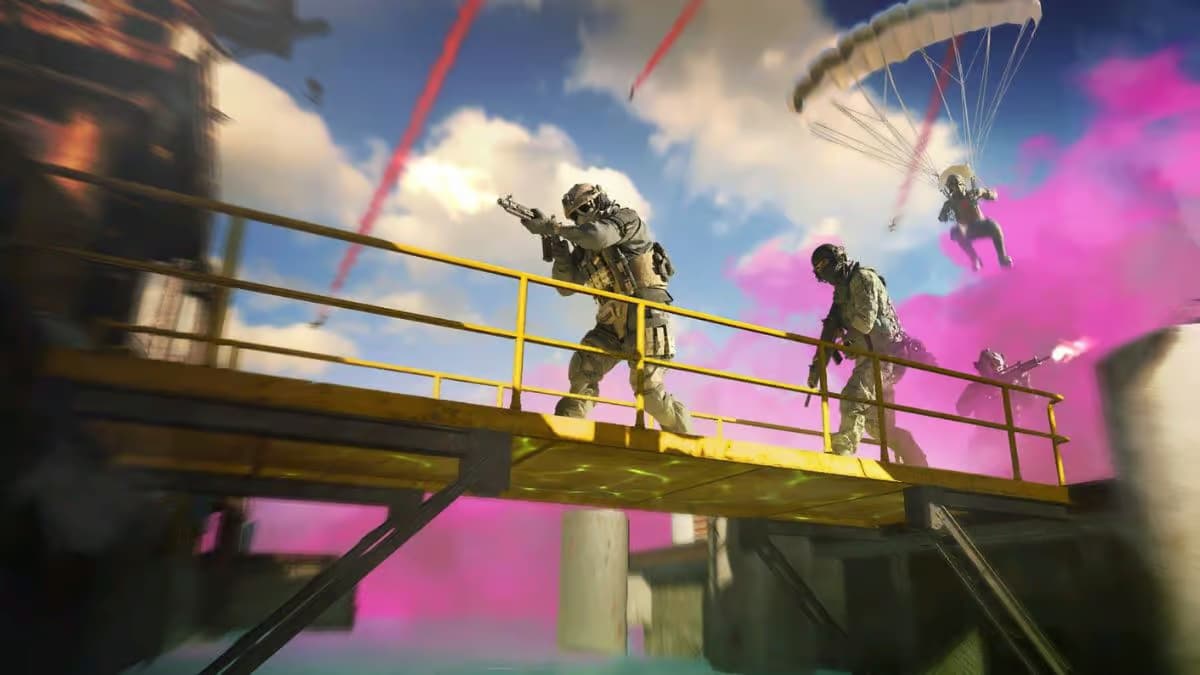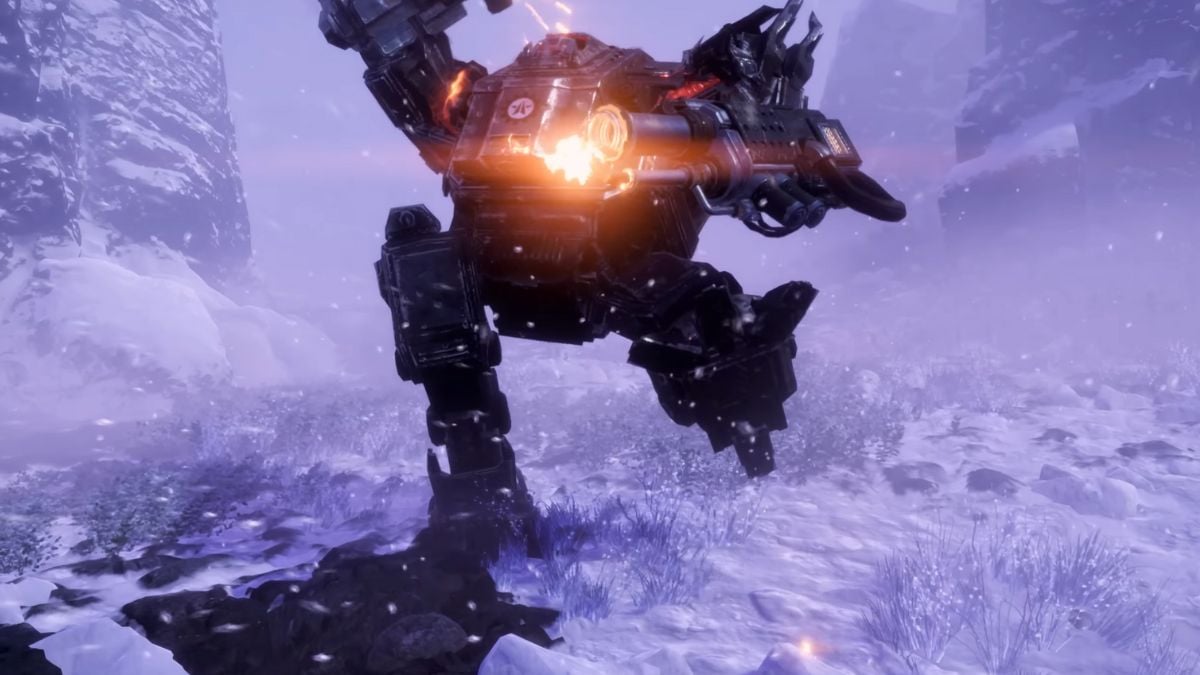Three decades of transforming entertainment
Thirty years ago today, peak television was born.
ABC, a second-place network at the time mostly known for family-friendly dramas and comedies, took a gamble on an unusual crime drama about murder and secrets in the Pacific Northwest. Mark Frost was best known as a writer for Hill Street Blues. David Lynch had two Oscar nominations under his belt and a penchant for the unusual. They were brought together for a biopic that never happened, but it was in this partnership that Lynch first had the mental image of a dead woman washed ashore; a picture that would eventually spiral into the pilot episode of Twin Peaks. Months of planning and a bit of reluctance to move into television on Lynch’s part culminated in what is possibly the most influential television program since Dragnet. The movie-length premiere was a hit with critics and audiences. It was unlike anything else seen on television, and perhaps more importantly, it managed to package Lynch’s idiosyncrasies in a format easily digestible by the masses. Basically, he made a soap opera.
While it originally lasted just two seasons, it left an indelible mark on many creators, shaping how they would tell their stories, build their worlds, develop their characters, and film their programs. Shows like The Sopranos, Riverdale, Legion, and the excellent first season of Desperate Housewives — don’t argue — all share DNA with it.
That influence extends to games as well. There are obvious examples and some that seem bewildering at first but start to make sense the more you think about it. When I first learned Takashi Tezuka wanted The Legend of Zelda: Link’s Awakening to feel like Twin Peaks, I couldn’t see the connection. Of course, at the time, I hadn’t yet seen the show. But after binging the series a few years ago and then going back through Link’s Awakening on my 3DS, the connection became evident.
Tezuka spoke about the suspicious characters in the show as inspiration, but he also managed to introduce an unraveling storyline to the Zelda franchise — something that hadn’t been there before — as well as a surreal feeling that permeates the entire project.

By now, the show’s impact on Link’s Awakening is well documented. As is its impact on games like Alan Wake, Virginia, Silent Hill, Thimbleweed Park, and Kentucky Route Zero. And what’s been fascinating in researching this piece is seeing how individual games find their muse with this show.
Some are just surface-level connections, like Alan Wake‘s setting and Lamp Lady. Others go a bit deeper, like Thimbleweed Park‘s utter indifference to its central murder. Many games influenced by the show feature direct references. Chances are if you play a game modeled after Twin Peaks, you’ll encounter a diner at some point.
Virginia is of particular note and easily the freshest in my mind having just completed it. From Variable State, it tells the story of a recent FBI graduate assigned to investigate another member of the bureau as they look into the disappearance of a local child. Like the show, the focus on the central mystery quickly falls to the background as the player pushes their way through strange dream sequences, non-sequiturs, and cinematic editing that injects uncertainty and confusion into the entire two-hour product.
Virginia also wears its Twin Peaks influence on its sleeve. There’s a diner with a waitress wearing the same type of uniform as Norma Jennings. There’s a nearby military base housing its own secrets, not unlike Garland Briggs and Project Blue Book. In perhaps the most obvious reference, your character goes to a bar where a band performs moody-ass music that sounds straight out of the Bang Bang Bar.

Virginia may be a pastiche but it’s unique in its approach to transporting the themes and cinematic styles of Twin Peaks to a video game. Namely, it doesn’t seem to care all that much about making a game. It’s more an interactive movie than anything, a slight step up from the FMV titles of the ’90s. However, by approaching gameplay from this perspective, the developers were able to amplify the surreality of the project.
Arguably the key characteristic of David Lynch’s original work, television or otherwise, is surrealism. Surrealism is an artistic movement from the post-WWI that attempted to merge the real world with the dream world, creating a “super-reality.” Lynch has embraced the movement throughout his career, from his early inscrutable work of Eraserhead to Inland Empire, a film that’s only three hours long but always feels like it takes seven days to watch.
His idiosyncrasies were more palatable with Twin Peaks though it could be just as arresting as his more enigmatic work. There are many moments from the show that stand out for their surreal nature. The giant’s first appearance in season two, Leland’s death, and the moments following Maddy’s death are the first that come to mind. These were mystifying moments that only added to the intrigue of an already bizarre show.
With Twin Peaks, Lynch made surrealism mainstream. Though, surrealism on television was already popular before the show aired. The soap operas that Lynch and Frost aped in their production are themselves rife with surreal elements. Just one example: in 1973, All My Children‘s Erica Kane had an abortion on the show. Thirty years later, that aborted baby returned as a full-grown man because the doctor who performed the abortion implanted the fetus into his wife using “science.”

Those types of ridiculous soap opera storylines were plentiful in Twin Peaks, from Nadine’s “mental teenager” thread to the idea that square-headed James Hurley could repair a Jaguar in season two. The show managed to evade categorization by blending those elements with the ones most associated with it: crime, strange residents, secrets buried under other secrets, sci-fi, and the supernatural.
Not only was it difficult to cement in a single genre, but it also shifted its tone frequently through each episode. It ran the gamut, and while it never really shifted to outright horror until The Return, it’s had an undeniable effect on some of the most significant horror titles in gaming.
If surrealism is a combination of reality and dreams, games like Silent Hill feel like an offshoot of that, where reality only meets nightmares. Once again, there are surface-level elements from the show, including a diner and a setting that, while not in the Pacific Northwest, is in an area rife with greenery. Harry Mason arrives in Silent Hill an outsider and is quickly thrust into the secrets of the town and its residents as he searches for his daughter.
Digging into the plot, you see similarities of how a small group of people ruined a young girl’s life. In Twin Peaks, it was every man who took advantage of an abused drug-addict for their sexual satisfaction. In Silent Hill, it’s Alessa Gillespie and the cult that turned her into a monster. Both girls suffered, a theme that’s threaded through the very fabric of both franchises, and there are obvious similarities between the God of Silent Hill and former Black Lodge resident Bob.
Also drugs. Lots of drugs.

While Silent Hill‘s focus on psychological horror ignores much of the dark humor and general weirdness found in Twin Peaks, at least one other survival horror game embraced it. In fact, it embraced everything about the show, becoming the poster-child for its influence on video gaming. I am, of course, talking about Deadly Premonition.
If Virginia is a pastiche, Deadly Premonition is a knock-off produced by The Asylum. A murdered young woman, a town full of secrets, an FBI agent who keeps talking to somebody who isn’t there; it didn’t just explore the themes of the show, it carbon-copied them into a puzzling and polarizing experience.
I’m only a recent player of this might-be-masterpiece, having picked it up for the first time on Switch, but I find it a tantalizing case study of the art of imitation. Because the building blocks of Deadly Premonition go far beyond a mere homage. Spend a few hours with it and it’s clear Hidetake Suehiro has nothing but respect for the show. The way his York personifies the quirks of Agent Cooper is evidence of somebody who paid great attention to the series. Playing up the importance of coffee and switching the Sinner’s Sandwich in for any slice of pie at the Double R illustrates how Swery is substituting his ideas for the ones expressed in the show. But the one thing he and the developers at Access Games couldn’t replicate or change is what ultimately makes it such a fascinating production.

Twin Peaks, for all its quirks, shortcomings, and television tropes, has filmmaking-caliber quality in many of its episodes. This is a professional show made by some of the best writers, directors, and cinematographers in the business. Deadly Premonition, on the other hand, often feels like it’s held together by prayer. Outside of aiming for headshots, there isn’t an ingredient here that feels particularly great to play. The design is dated, not just by 2020 standards, but judging it on the standards of when it came out.
Some games can have dated designs that developers successfully spin as “classic gameplay.” Think Dragon Quest or any of the Mystery Dungeon titles. Others don’t fare so well and it’s of particular note in the survival horror genre. Just look at NightCry or AMY. But the dusty design choices of Deadly Premonition actually work to its advantage because they play into the surreal environment Swery was trying to create. Having characters suddenly appear in a room just as you enter it is a poor, PS1-era design and yet in Greenvale it’s unsettling. Going through the same animation each time you walk through a door should have died out with the original Resident Evil but here it only intensifies its dream-like nature. Not everything gets the same pass — driving is atrocious no matter how weird the game gets — but as slapdash as the final product may feel, it’s hard to argue it doesn’t give audiences the same shock of surrealism Lynch managed thirty years ago.
Swery’s love of Twin Peaks is probably the central characteristic we talk about when we discuss his games. The same goes for when you talk about shows like Bates Motel or that Mizzurna Falls game that’s either still being translated or is ready to download. It’s one influential program, but why is it as influential as it is?

It’s not perfect. Any fan will tell you season two takes a nosedive before kinda, sorta getting back on track at the end. It’s easy to forget several cast members are supposed to be high school students when they just stop going to class. Also, the One-Eyed Jack’s plot didn’t go anywhere.
Yet, as I drafted this essay while going through the series once more, I found it as fascinating as the first time I watched it. The mysterious conversations, all the random crying, trying to figure out why Shelly Johnson was front row at Laura Palmer’s funeral; it all overwhelmed my creative spirit. Because it’s not just one thing this show does differently that makes it worth watching. Rather, it’s a cornucopia.
All of its elements — the characters, the plot lines, the mysteries, the dangers, the surreality, the off-kilter conversations — combine into a singular piece of art that demands to be observed again and again even when you know you’ll never fully understand it because you can’t ignore the allure. That’s the best way I can explain it. That’s why after watching the atom bomb explode, I found myself grabbing my iPad to type three pages of ideas in Notepad.
The atom bomb, for those who didn’t watch it, isn’t found in the original run of Twin Peaks. It’s in The Return, the Showtime-produced third season that allowed Lynch and Frost to explore the mythos without curtailing their ideas for mass audiences. While certainly more controlled than Twin Peaks: Fire Walk With Me, the prequel movie that was made without the involvement of Mark Frost, The Return drops many of the elements found in the original series in favor of letting Lynch produce the type of content he perfected with Mulholland Drive.

There’s no soap opera at play here and most of the returning residents of Twin Peaks only have a few scenes. Instead, the surrealism that enriched the original run now overflowed into every facet of the show. Agent Cooper’s return to Twin Peaks is marked with outlandish incidents, grotesque discoveries, and elements that wouldn’t feel out of place in an André Breton painting. It’s spectacular, one of the greatest pieces of fiction television has produced, though I wonder if it’ll have the same impact as the original run.
Betting odds would point to that not happening. Twin Peaks: The Return is less relatable and less popular than its original incarnation. That said, in my mind, it’s better.
There is unorthodox imagery found throughout season three and experimental ideas no other show creator would attempt. This is a season that turned a little person into an electric tree with a wad of gum on its head and transformed David Bowie into a talking tea kettle. Yes, it can be very hard to follow as several key plot elements revolve around characters you probably don’t remember. But if gaming can continue to milk mainstream entertainment for ideas and concepts, surely there is a developer out there with a penchant for the weird that finds their afflatus at Judy’s Diner.
With Swery still flying his fan flag for the old show, I’m happy we’re not done just yet with Twin Peaks‘ influence on gaming. It’s a truly remarkable program, one that continues to challenge me and everything I’ve learned about the creative process. It can sound a little old hat — Oh boy, “another” Twin Peaks-inspired game — but honestly, this well isn’t anywhere near running dry.





